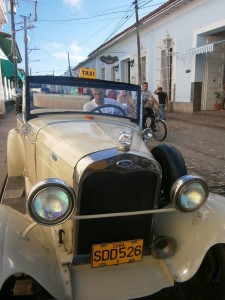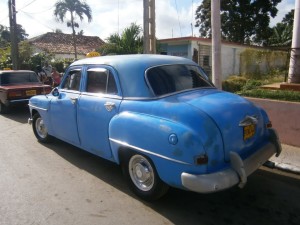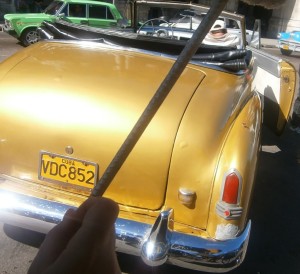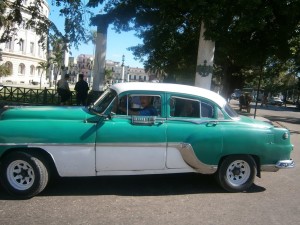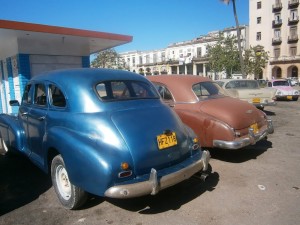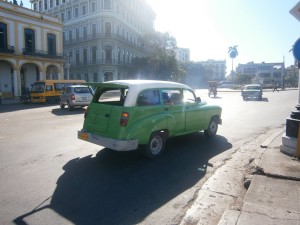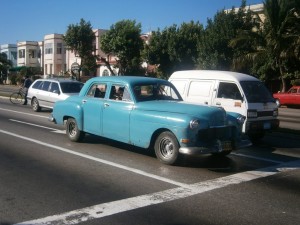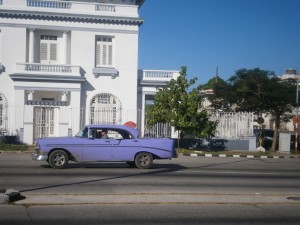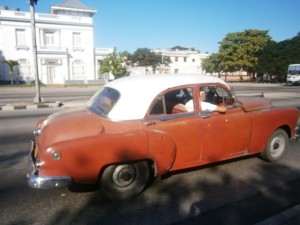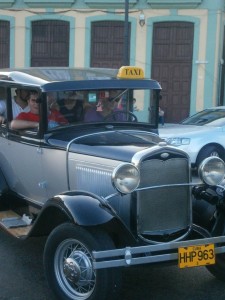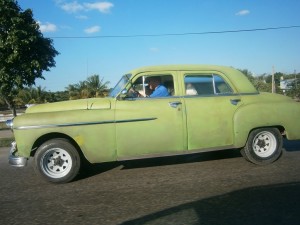This is the first of several blog entries that will give some insight on our just completed trip to Cuba.
.
We had a PHENOMENAL time and blew out of the window oh so many misperceptions, inaccuracies due to caricatural media depictions. In short we LOVED it — it is a hidden jewel (to Americans), and found the ongoing process of updating the Socialist Revolution that was launched 53 years ago positively fascinating.
.
Every four years, in the United States, around the time of Presidential elections, a debate resurfaces about the absurdity of the US blockade against Cuba. An inheritance from the Cold War when Cuba’s Fidel Castro grounded his revolutionary regime in a strategic alliance with the Soviet Union, some two decades after the fall of the Berlin Wall, the United States remains committed to a foreign policy position that is not only antiquated, but has proven to be perfectly ineffective.
.
The US Government has relaxed some of its policies — in particular with regard to the right of Cuban-Americans to visit their homeland, yet there remains a general set of policies intended to somehow put pressure on the Cuban government. This is the result of America’s retail politics. Historically, rare are Presidential candidates who can win an election without carrying Florida, and Florida cannot be won without Miami, which in turn cannot be won without the support of the Cuban community in Miami. So the U.S., which is perfectly comfortable trading with the People’s Republic of China, a staunchly communist regime, remains entrenched in a failed policy to block trade with minuscule Cuba.
.
So what does that mean in practical terms? To start with, it means that Cuba wins the prize for Post Peak Oil preparedness in that it has culturally developed into an uber-recycling economy. Nothing is wasted. All is repurposed. And nowhere is this more dramatically exemplified than through Cuba’s living automobile museum.
.
The US embargo was imposed in the mid 1950’s. And so, the spare parts for then current cars stopped flowing.No matter, Cuba has been repairing and recycling parts ever since, leading to an impressive population of vintage US cars considered elsewhere museum pieces. I (Ben) have always loved the aesthetics of these “old cars” and have often drooled in front of vintage car shows or the rare sighting of a car enthusiast’s prized vehicle. Hence it has been a major highlight to face a smorgasborg of vintage cars on every street, at all times, both in La Havana and in the country side. We of course could not resist and for the time of our short stay, made a point of riding these beauties. For those not interested in these vehicles, this post may seem like overkill. For those, like us, who enjoy the colors, shapes and overall ergonomics of these 1950’s works of arts, consider what follows car porn.
.
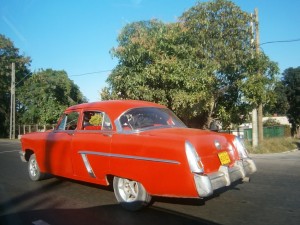
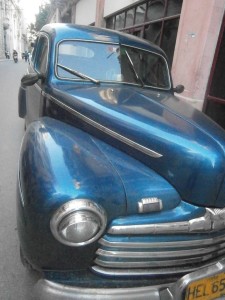
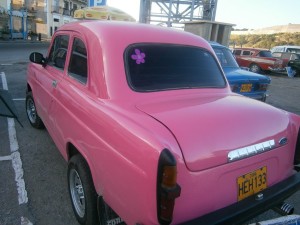
.
What is it like to be a passenger in one of these classic 50’s American automobiles?
.
It’s WAY more spacious than modern day cars. You can stretch your legs out, feel as though you are lounging in the back of the car. Some of them are completely stripped and are bare metal. Others need wrenches to roll down the windows. Some are retrofitted with a music system that accepts USB drives filled with the driver’s preferred Cuban songs. But in ALL cases, the relationship between the driver and the car is closer to the relationship between a cowboy and his horse. The driver is attuned to the car’s every squeak and we repeatedly found ourselves stopped at the side of the road, as the driver adjusted a spark plug or axel. It certainly helped us dial back the clock to be more in tune with the 1950’s time period in which we found ourselves.
.
Traveling by carro antiguo was also a great way to learn a bit about the economic system from the drivers, in very practical ways. What did we find out about the economic system and how people make ends meet?
.
We learned that one can own one’s car and sell it. The government charges a“patento”, a set fee, for a driver, based on average sales of taxistas. This fee is 40 “CUCs” (Convertible Cuban Units), roughly equal to $40. Beyond that, each taxi driver pays the government 10% of his intake. When a good is sold, say a car, then the seller pays a tax of 4% and the buyer pays a tax of 4%.
.
We extrapolated this insight to find out about the right to own and buy/sell houses and confirmed that JUST LAST MONTH, the Cuban government changed a decades-old policy of no private ownership. Until now, the way for people to move from one house to another was only through a process of individually organized exchanges. If I liked your house and you liked my house and we both agreed to exchange, we would merely go to a central planning office and change titles. No money exchanged, just an administrative process, as long as both parties agree.
.
This can lead to some extraordinary situations. For instance, we met one woman who “played the system” by building a small “modern house” built to the taste of modern Cuban families – shiny and white – and exchanged it for a much larger, older, house in the historical district of colonial Trinidad and over time, restored it into a magnificent guest house, whose economic value is surely much higher than the previous shiny new house.
.
We did not see any real estate offices or any indication of the frenzied real estate traffic we have seen in similar colonial towns, such as Antiguas in Guatemala, Granada in Nicaragua or Cartagena in Colombia. But we did see a couple of signs “se vende”, of course as of today, only to Cuban residents.
